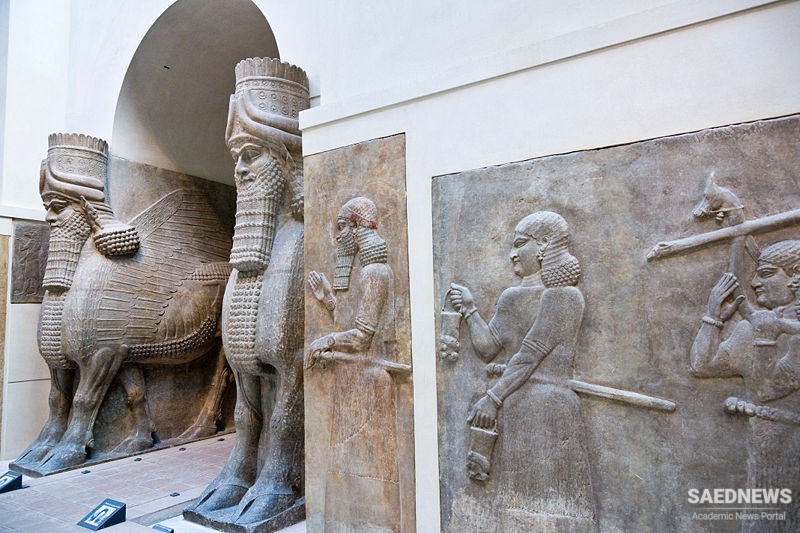After a short period of dynastic troubles, the second half of the Middle Elamite period opened with the reign of Shutruk-Nahhunte I (c. 1160 BC). Two equally powerful and two rather less impressive kings followed this founder of a new dynasty, whose home was probably Susa, and in this period Elam became one of the great military powers of the Middle East. Tukulti-Ninurta died about 1208 BC, and Assyria fell into a period of internal weakness and dynastic conflict. Elam was quick to take advantage of this situation by campaigning extensively in the Diyālā River area and into the very heart of Mesopotamia. Shutruk-Nahhunte I captured Babylon and carried off to Susa the stela on which was inscribed the famous law code of Hammurabi. Shilkhak-In-Shushinak, brother and successor of Shutruk-Nahhunte’s eldest son, Kutir-Nahhunte, still anxious to take advantage of Assyrian weakness, campaigned as far north as the area of modern Kirkūk. In Babylonia, however, the 2nd dynasty of Isin led a native revolt against such control as the Elamites had been able to exercise there, and Elamite power in central Mesopotamia was eventually broken. The Elamite military empire began to shrink rapidly. Nebuchadrezzar I of Babylon (c. 1119–c. 1098 BC) attacked Elam and was just barely thwarted. A second Babylonian attack succeeded, however, and the whole of Elam was apparently overrun, ending the Middle Elamite period (Source: Britanica).


 Elamites History: Periods and Categorization
Elamites History: Periods and Categorization














































